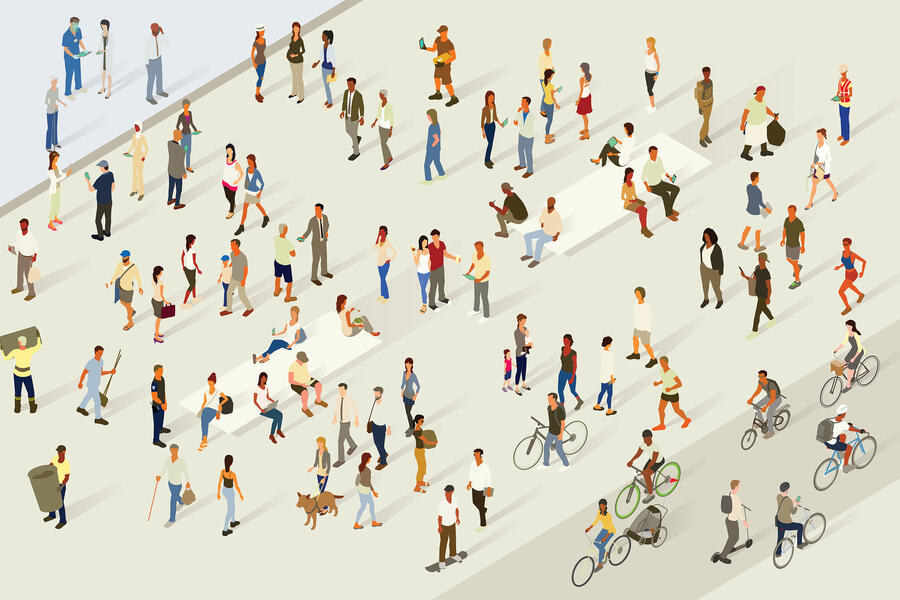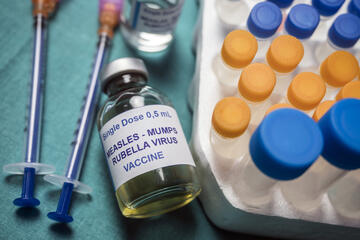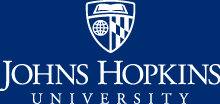- Name
- Jill Rosen
- jrosen@jhu.edu
- Office phone
- 443-997-9906
- Cell phone
- 443-547-8805
Inspired by tensions between health and financial well-being during the COVID-19 pandemic, a new model could significantly improve predictions of how disease will spread by acknowledging the tradeoffs in a health crisis between public health and personal welfare.
The effort, led by Johns Hopkins University economists and disease experts, offers a powerful tool to bolster health policy by integrating personal decision-making into a disease prediction model. The model will improve disease forecasting, allow decision-makers to better understand implications of policies, and clarify how policies could affect differing socioeconomic populations.
"The cool thing about our work is that by bringing together economists and epidemiologists, we can capture this idea of tradeoffs between health risks and economic vulnerability that tend to emerge in a pandemic," said author Nick Papageorge, the professor of economics and associate director of the Poverty and Inequality Research Lab. "Most importantly, we were able to show that for certain scenarios, with the right policy, it is possible to lower infections and keep more people working. These don't always have to be at odds."
The federally funded work is newly published in PLOS Computational Biology.
Traditional epidemiological models predicted how COVID-19 would spread during the pandemic and largely informed and guided the policies decision-makers invoked to slow the disease—everything from lockdowns to masking, vaccine and social distancing requirements. But even the best models often didn't account for how individual people, with varying health and financial concerns, might respond—or how their personal choices could then impact the spread of the disease. And those models that did attempt to capture behavior often made simplistic assumptions that simply did not line up with reality.
The Johns Hopkins team wondered if they could create a more robust and thoughtful modeling framework by incorporating not just how the infection would spread, but also how people make choices during a health crisis, and how these two concepts interact.
"This work is novel in its truly interdisciplinary approach to solving a complex humancentric problem, which demanded integrating fundamental tools from across the sciences and humanities," said Lauren Gardner, professor of civil and systems engineering and director of the Center for Systems Science and Engineering.
The architects of the new model include experts in epidemiology, mathematical biology, systems engineering, economics, and decision science.
The team took the traditional epidemiological model of disease spread and added to it a core element of economic modeling: dynamic decision making at the individual level. So the model, called a "feedback-informed epidemiological model," isn't just weighting things like infection and vaccination rates, but also the age, health, and income of the population, key elements that affect people's willingness and ability to stay home from work, etc.
The team designed the model to approximate features of the COVID-19 pandemic, when people's choice to work in-person greatly affected their risk of infection. They found that with strategic policy interventions, such as testing all workers for infection, it was possible to both reduce the spread of the disease and keep more people working. The idea is that if infected people stayed home after getting tested, their coworkers, who otherwise might have stayed home to avoid infection, now perceive less risk and decide to go to work. This result showcases the importance of a modeling framework that captures how people's choices influence—and are influenced by—disease spread.
The team plans to expand the model and continue to test it.
"The goal is not to tell the government when to shut things down or not shut things down," Papageorge said. "Instead we want to give policymakers tools that allow us to think about the tradeoffs and predict pandemic outcomes better, given what we now know about how people and pathogens interact."
Authors, all of Johns Hopkins, include former PhD student Hongru Du, former PhD student Matthew Zahn, assistant scientist Sara Loo, postdoctoral fellow Tijs Alleman, associate research professor Shaun Truelove, associate professor Bryan Patenaude, and assistant professor Alison Hill.
The work was supported by National Science Foundation grant 2229996.
Posted in Health, Science+Technology
Tagged public health, health policy, covid-19









